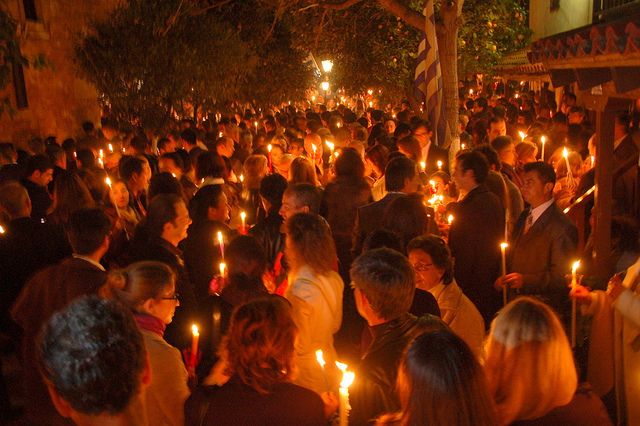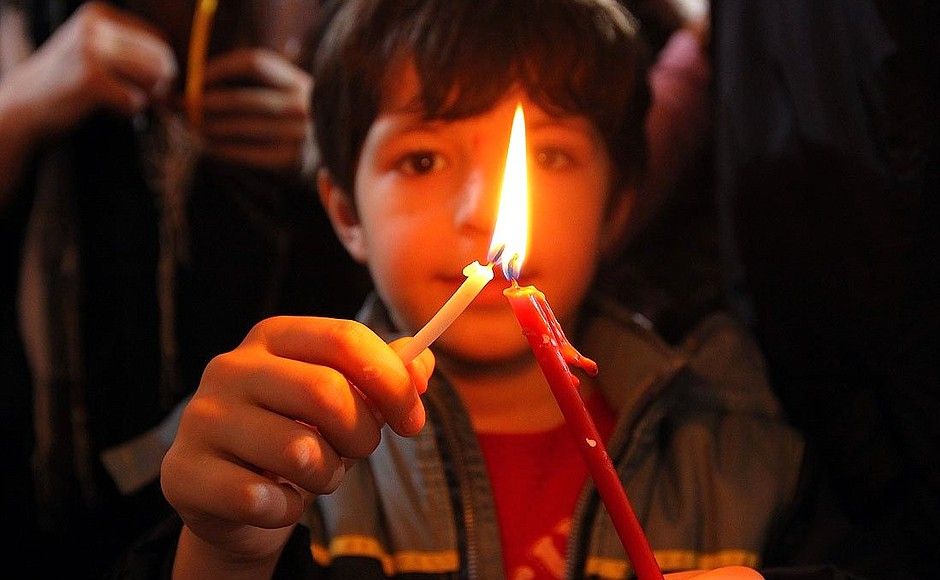
5 Things You Can Expect to See at Easter in Greece
Holy Week & Greek Orthodox Easter Traditions
Orthodox Easter will be celebrated this coming Sunday the 8th of April. Orthodox Christians celebrate Holy Week following the forty days of Great Lent, commemorating the events leading up to passion and resurrection of Christ. On display are some of the most significant customs and traditions of Greek culture and Orthodox religion, here are 5 things you can expect to see around Greece before and during Easter time!
1. Church Services
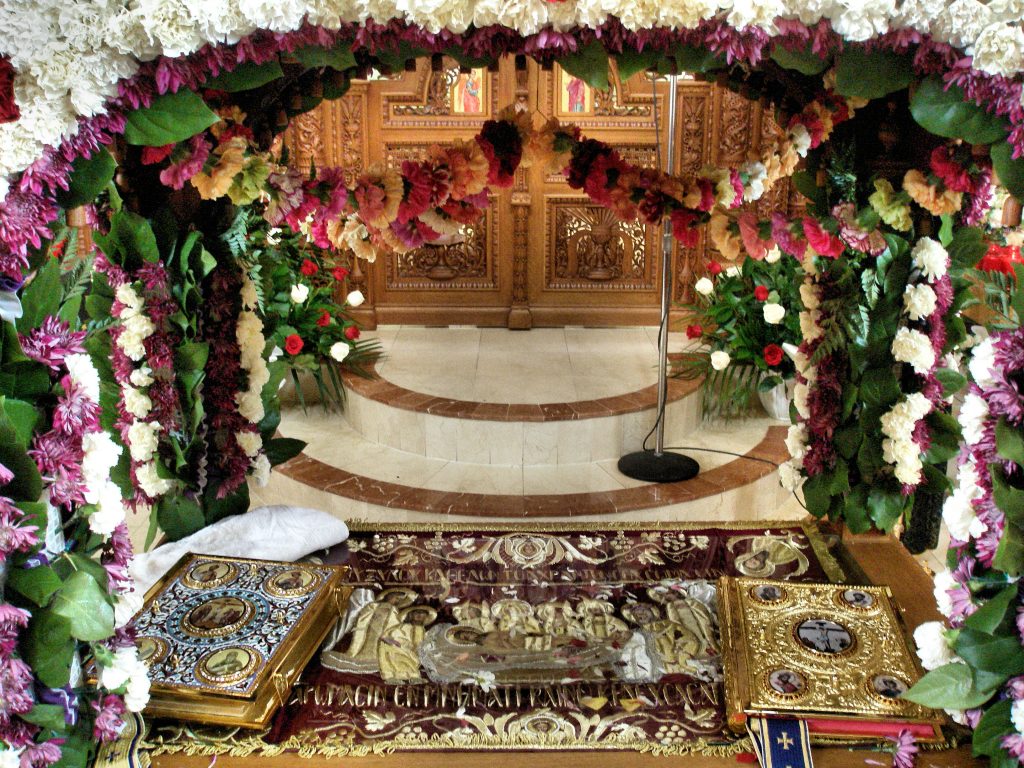
Epitaphios Good Friday
Church services take place every day of Holy Week. You will get to experience some of the finest moments in the Orthodox church, including beautiful ceremonies and processions throughout the week. During the Good Friday symbolic funeral procession, you will hear some most moving choral Orthodox psalms, and participate in the solemn candlelit procession where the florally decorated “Epitaphios” (a large, embroidered cloth, depicting the body of Christ) is circled around the church.
2. Tsoureki
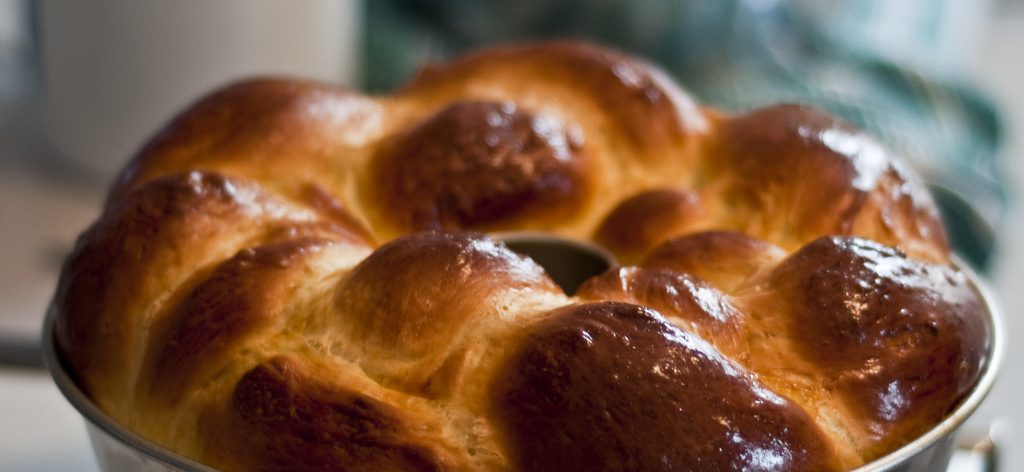
Tsoureki Easter sweet bread
In bakeries all around Greece, you will find this delicious sweet fragrant bread traditionally served on Easter, distinguished by its three braids which symbolize the Holy Trinity. Koulourakia are sweet biscuits with a similar braided design, also popular throughout the year but traditionally served on Easter.
3. Red Eggs
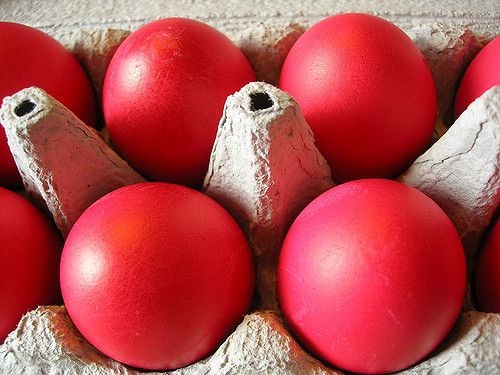
Hard-boiled dyed red eggs
Traditionally eggs are boiled and dyed on Holy Thursday to symbolize the blood of Christ as well as new life after Resurrection. On Easter Sunday, you will hear people saying “Christos Anesti” (Christ is Risen) and the response: “Alithos Anesti” (Indeed he has). This ties in with the traditional cracking of the red eggs or “tsougrisma”. Everyone selects one egg, carefully choosing the one that seems the strongest. People try to break each others´ red eggs by hitting them against each other saying “Christos Anesti” and responding, “Alithos Anesti”. The egg cracking keeps on going, until there is only one winner. The strongest egg is said to bring good luck for the whole year!
4. Decorated Candles & Light
On Holy Saturday many people gather at church with their Easter candles (or “lambades” in Greek) which they buy or decorate on their own for the special night. At midnight the church goes dark and the priest lights a candle with the “Holy Light“. The flame is passed around so that everybody lights their candle from it. Bells ring out to proclaim the resurrection and some people let off fireworks and crackers as a sign of celebration. People carefully carry their lit candle home and make a black cross at the entrance of their house with the flame to bless their homes.
5. Feasts
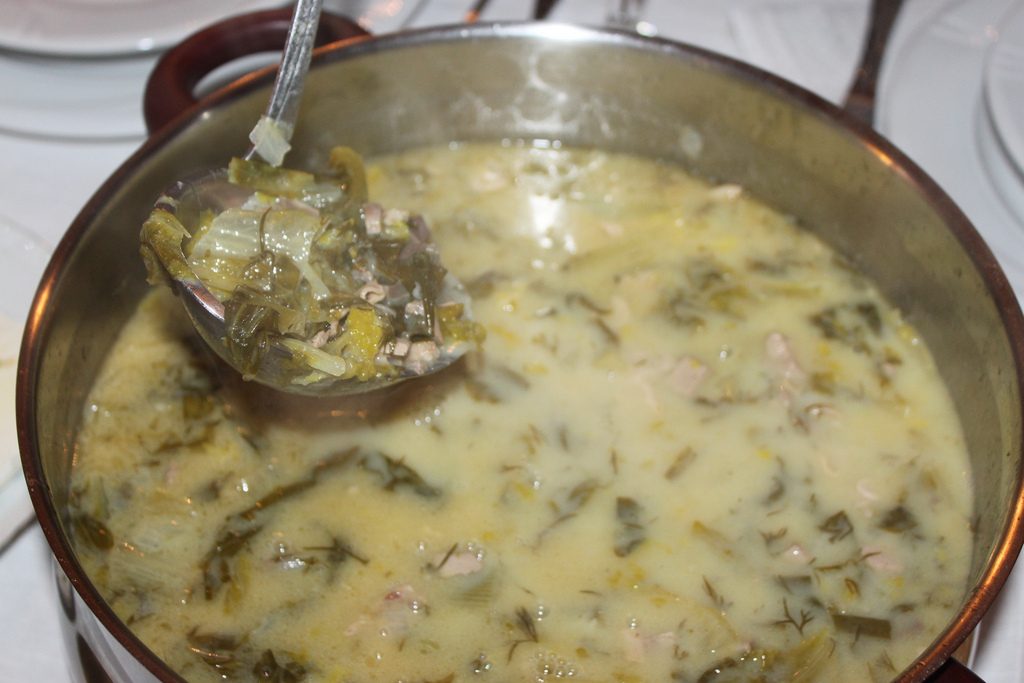
Magiritsa traditional Easter soup
The first meal after lent is usually the traditional Easter soup called “Magiritsa”, eaten after church on Saturday night. The dish contains the offal of the lamb, along with some green vegetables (lettuce, dill and onion) boiled together. Traditionally, eating the soup symbolizes the end of the fasting period. The feasting continues the next day where families and friends gather to enjoy a long Easter Sunday lunch with many different foods and sweets.



